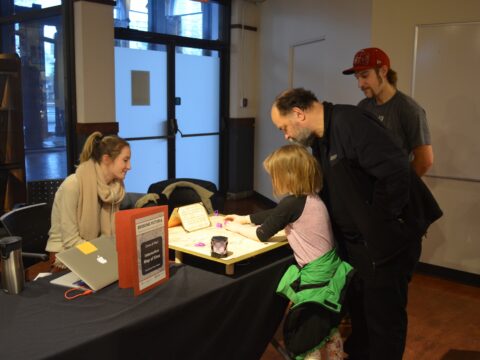
1In 1 playlists
Maddy Chater, Tamara Friedman, Kayla Hartemink, Anna Heckadon, Kaylynne Sparks, and Yip van Muijlwijk created this is interactive map that occupied visitors of all ages in visiting three archaeological sites of Victoria: the Songhees Village, the DND Harbour Dredging, and the Johnson Street Bridge.
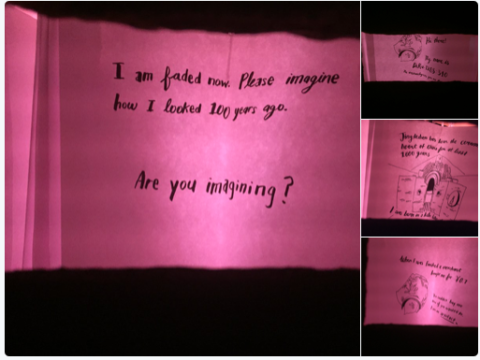
1In 1 playlists
Emily Thiessen created a captivating light box that animated the story of a small rice bowl and it’s +100 year life journey from China to becoming artifact DcRu-1208-340 in the RBCM’s collection. Visitors loved peaking into the box tucked into a corner of Old Town and flipping through the pages of this beautifully illustrated story.
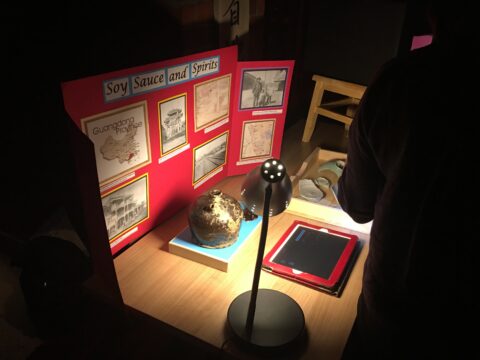
1In 1 playlists
Andrea Lacey’s display connects soy sauce containers recovered from the edge of Victoria’s Chinatown, the oldest Chinatown in Canada, to their place of origin in Guangdong Province. These simple glazed ceramic jugs were often reused after their contents were fully consumed to make and store spirits, etc. as resources were scarce in this period.
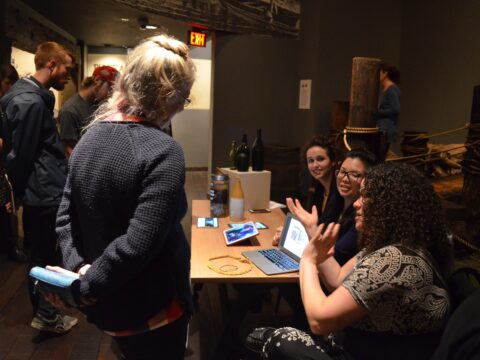
1In 1 playlists
The ongoing DND dredging of the Esquimalt Harbour is turning up archaeological collections. Devon Bidal, Jenny Ho Ng, and Marj Parent engage visitors in thinking about the types of objects that are being collected, from cordage made of natural fibers to military objects, representing hundreds of years of human use of the harbour.
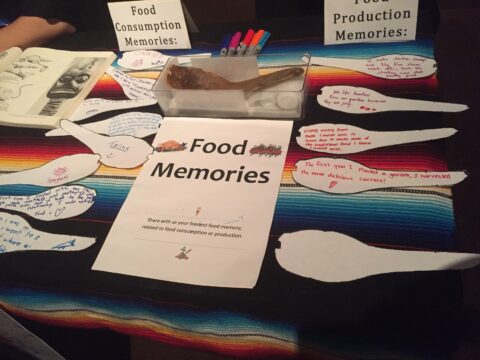
1In 1 playlists
Hallie Rounthwaite developed an interactive activity to connect visitors’ modern experiences of food with a Coast Salish wooden spoon excavated from the old Songhees village. Visitors were invited to add their food memories to paper spoons and then categorize them (either cooking/eating or producing/harvesting).
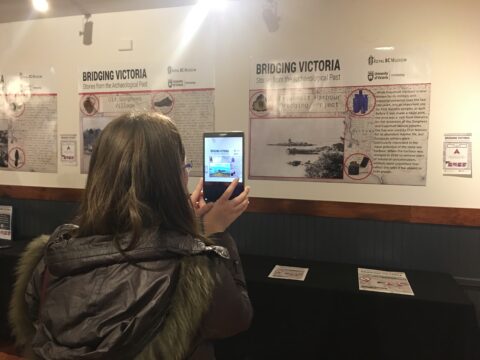
1In 1 playlists
Alexa Dagan, Luisa Esteban and Elisa O’Malley developed cutting-edge augmented reality experiences (using Aurasma app) to demonstrate how these three landscapes have changed over time, using archival and contemporary photos. Augmented reality layers the physical world with digital media to add information and interactivity.
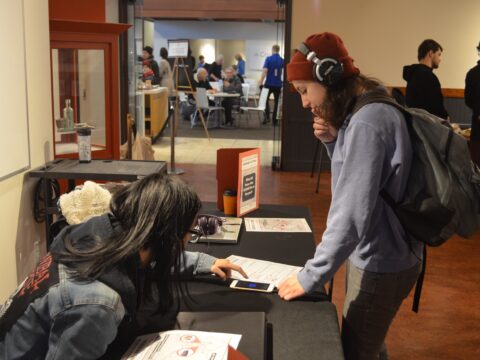
1In 1 playlists
Amanda Fletcher, Katie McPherson and Vincent Ran developed innovative narrative-based soundscapes to capture three landscapes over time, including Esquimalt harbour, Old Chinatown and the old Songhees village. The soundscapes are still available online for free: https://soundcloud.com/user-842052864-784784360
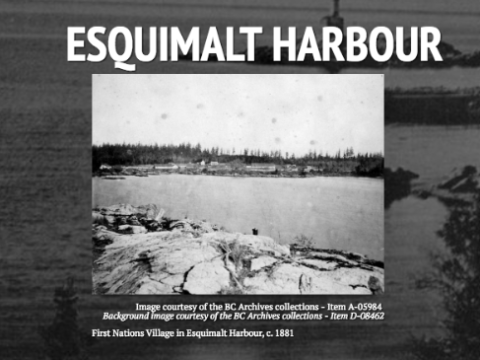
1In 1 playlists
This picture-based timeline gives a brief history of the Esquimalt Harbour and its use over time. Swipe your way through time and follow the links to learn more about local history!
